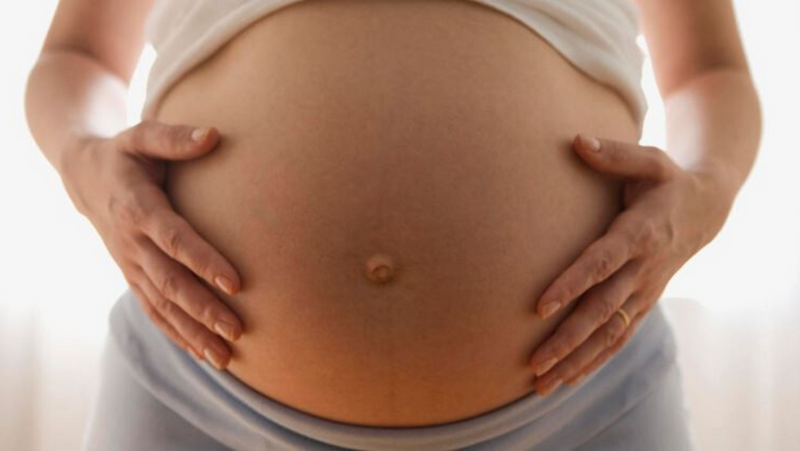
Did you know that some mothers consume their own placentas?
We’ve been hearing about it, and while we know it’s not for everyone, thought it would be interesting to learn more. So we asked Jodi Selander, founder of Placenta Benefits to answer some questions.
Jodi trains and certifies specialists who encapsulate placentas for consumption, based on a method she developed. She is active in research on the placentophagy (placenta consumption) research team at the University of Nevada, Las Vegas and has presented her findings at the annual meeting of the American Anthropological Association. Jodi has also written and published several articles on the use of placenta for postpartum recovery.
Why do some mothers choose to consume their placentas?
We usually discuss the three main benefits of placenta capsules that most mothers report, which are an increased milk supply, a noticeable increase in energy levels, as well as a general sense of feeling “good” or “normal.” Placenta is used for stress relief, and most mothers do feel that it helps with their mood. They often call them their “happy pills”.
What are some different ways in which a placenta can be prepared?
The placenta can be prepared in many different ways. I subscribe to the principles of Traditional Chinese Medicine - placenta have been used for centuries in this manner, and I didn’t feel like I should mess with their system, since it is one of their most powerful medicines when prepared that way. This way also gives the capsules longevity; they can be frozen and kept for a long time, and definitely taken over the first several weeks postpartum, the time when many women struggle with the Baby Blues. However, some women just cut pieces out to put in smoothies or freeze; this does decrease the time in which it can be taken to the first 3 days after birth, to the first week or so. It can also be used as any other meat in a food dish - placenta spaghetti and the like. I’m just happy when a mother chooses to utilize the placenta, instead of throwing it in the trash! But the easiest way for me to take the placenta was in a capsule.
PBi-trained and Certified Placenta Encapsulation Specialists are schooled in the Traditional Chinese Medicine method of preparation, which involves steaming the placenta prior to dehydration, eliminating any concerns over bacteria living on the placenta and being transferred to the capsules. Additionally, in TCM, cooked foods work differently in the body than raw foods, and placenta is meant to have warming properties (i.e., cooked).
What are some traditions and beliefs from different cultures regarding the placenta?
There are so many wonderful traditions of honoring the placenta! In some cultures, the placenta is considered the spiritual twin of the baby, and is treated as such. Most cultural traditions involve burial or some sort of honorary memorial for it. I have written several articles on this topic - you can read one here.
Nearly all other mammals eat their placentas after birth. Is it believed that humans once did, too?
That is the belief, but we have been unable to find it in written records. One of my research colleagues at the University of Nevada, Las Vegas (UNLV) performed a comprehensive survey of the anthropological literature related to cultural beliefs, rituals, and the placenta, and was unable to find any cultural-wide practices of human maternal placentophagy (where the mother consumes the placenta). Another researcher at UNLV has come up with an interesting theory as to why humans may have stopped eating placenta, and his paper will be published next year. So there is a lot of recent interest in this topic. Now, placenta have been used for centuries for a variety of treatments, but these are often related to male issues, interestingly enough; vitality, fertility, and the like. It has also been used in other cultures as a remedy for the baby or father. But it seems that women were giving up the placenta for use by others, not for herself. So the practice of mothers consuming it for postpartum is a recent phenomenon - we started seeing references to it in the 1970’s.
If a mother wants to consume her placenta in capsule form, where can she find someone who can encapsulate it for her?
I have trained many wonderful women in the art of placenta encapsulation through the Placenta Benefits Placenta Encapsulation Training Course. These Placenta Encapsulation Specialists reside all across the United States and Canada, and we also have Specialists in the UK, South Korea, and Australia. You can find one in your area here.
If a mother doesn’t want to consume her placenta, what are some other ways of honoring it?
If she births in a hospital, the first step is to ask to take it home! The more that hospitals get this request, the more likely they are to adapt mother- and placenta-friendly policies. Many couples bury the placenta and plant a special tree or shrub over it. If you don’t live in an area that would accommodate that, the placenta can still be lovingly prepared and dried (even in an oven). Then it can be ground, and the granules can be scattered in an area that is special and sacred to you.



